Introduction
South-Russian State Technical University is one of the oldest institutions of higher learning in Russia and an important educational, cultural and scientific research center in southern Russia.
Overview
Student size: The school has a total of about 22,000 students, including about 500 international students from 30 different countries.
Faculty: It has 2,054 lecturers, and 80% of higher education teaching staff have a doctorate or candidacy degree in science.
History and establishment time
The history of the school can be traced back to 1907, when it was approved by Russian Tsar Nicholas II. It was the first higher education institution established in southern Russia. It was originally named Novocherkassk Polytechnic Institute and later developed into South Russian State Technical University.
School Strength
Teaching achievements: Over the past 110 years, the school has trained more than 150,000 professionals, and its graduates have performed well in the engineering field in Russia and internationally.
Scientific research strength: The school actively conducts basic and applied scientific research and has achieved remarkable results in many fields. For example, in aerospace engineering, the school's scientists have invented or discovered More than 210; in mechanical engineering, it has undertaken more than 20 national and provincial scientific research projects.
International Cooperation: The school is an important center for international education. It has established cooperative relations with universities and scientific research institutions in more than 30 countries and actively carries out projects such as student exchange and joint scientific research. The school has also joined the European Erasmus + program, providing students and teachers with broader international exchange opportunities.
Institutional Nature
Public University.
Educational Philosophy
Focus on combining basic technical education with modern practical engineering knowledge, cultivating students' solid theoretical foundation and practical skills, so that students can adapt to the needs of the competitive labor market. At the same time, it is committed to cultivating young scientific and engineering elites, and supports the development of young scientists' research potential by establishing youth science laboratories and other means.
Key laboratories and disciplines
Key laboratories: The school has a number of professional laboratories and research centers, such as the Youth Science Laboratory, which provide advanced equipment and conditions for scientific research and teaching.
Key disciplines: Covering many fields such as mechanical engineering, electrical engineering, construction engineering, aerospace, computer science and technology, materials science and engineering, chemical engineering, biotechnology, economics, law, etc., among which engineering disciplines are well-known in Russia and even in the world.
Faculty
The school has 15 colleges/institutes, covering 35 degree majors, including the School of Mechanical Engineering, the School of Electronics and Computers, the School of Computer Information, the School of Architecture and Civil Engineering, the School of Materials Engineering, the School of Aeronautics and Astronautics, the School of Management, the School of Economics, the School of Law, the School of Science, etc.
Ranking
According to the RAEX rating agency, the school ranks among the top 50 of more than 1,200 technical universities in Russia and enjoys a high reputation among employers. It ranks 244th in the Russian university rankings of the Global University Network (4ICU).
Expenses
Tuition fees vary depending on the major, generally around 200,000-300,000 rubles per year, equivalent to about RMB 20,000-30,000.
Campus
Teaching facilities: The school has modern teaching facilities, including laboratories equipped with advanced equipment, multimedia classrooms, large libraries, etc., providing students with a good learning environment.
Living facilities: The campus has dormitories, canteens, sports fields and other living facilities to meet students' daily life needs.
Campus distribution: The school is located in Novocherkassk, southern Russia. The campus covers a large area and has multiple campuses, providing students with rich learning and living space.
-

Peter the Great St.Petersburg Polytechnic University
-
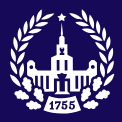
Moscow State University M. V. Lomonosov
-
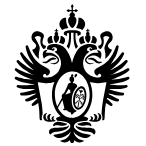
St. Petersburg State University
-
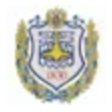
Bauman Moscow State Technical University
-
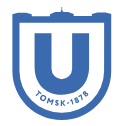
Tomsk State University
-
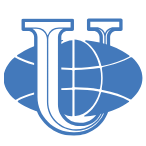
Peoples' Friendship University of Russia
-
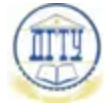
Don State Technical University
-

Moscow Institute of Physics and Technology
-
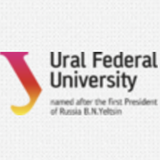
Ural Federal University
-

Kazan Federal University
-

Mesoamerican University
-

Istmo University
-

Mariano Galvez University of Guatemala
-

Regional University of Guatemala
-

Galileo University
-

Francisco Marroquín University
-

Rafael Landívar University
-

University of the Valley of Guatemala
-

University of San Carlos of Guatemala
-

Technological Institute of Tlaxcala Plateau
-

Golfo University
-

Technological University of South Sonora
-

Technological University of Huejotzingo
-

Tizimín Institute of Technology
-

Chilpancingo Institute of Technology

